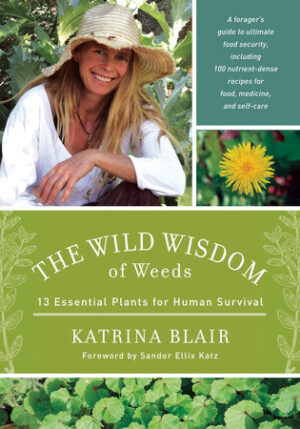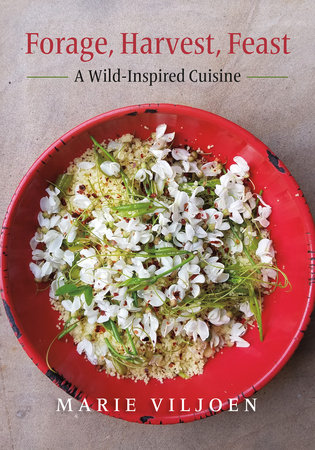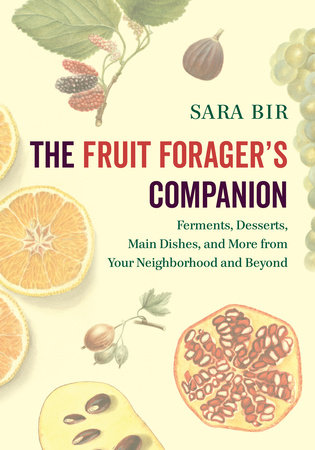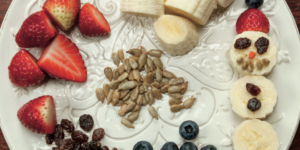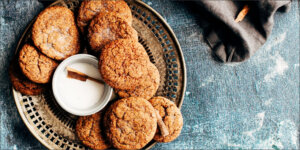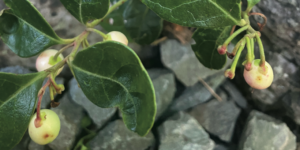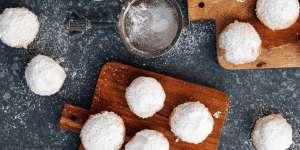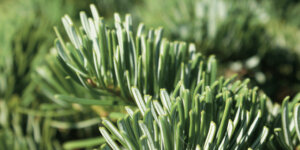Wild Edibles: 5 Tips for Beginner Foragers
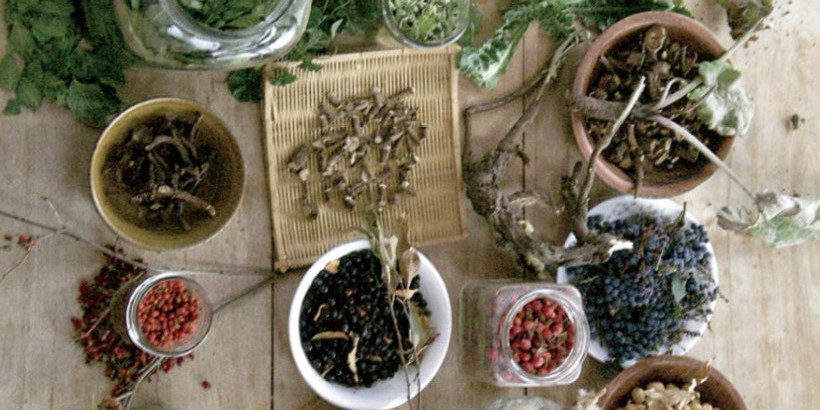
New to foraging? Here are a few beginner tips to get you started on your hunt for wild edibles!
And next time you are taking a walk around the neighborhood, keep your eyes peeled for these thirteen plants: dandelion, mallow, purslane, plantain, thistle, amaranth, dock, mustard, grass, chickweed, clover, lambsquarter, and knotweed.
The following is an excerpt from The Wild Wisdom of Weeds by Katrina Blair. It has been adapted for the web,
5 Tips for Beginner Foragers
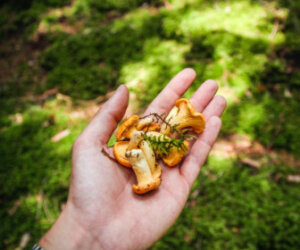
-
Ask for help. Seek the guidance of a local plant expert who can help you identify the subtle differences between various plant species.
-
Stay close to home. The wild plants that grow closest to where you live are the ones best adapted to support your ability to thrive in your current environment. Wild plants are extremely resilient and they help us embody those same qualities of excellence.
-
Be mindful. of where you harvest wild weeds. Use your observation skills to determine if an area may have been sprayed with herbicides or heavily fertilized with chemicals. If a plant is discolored or curls downward in an unnatural way it may best to harvest elsewhere.
-
Start off simple. Look for the common simple plants first that are easy to recognize like dandelions. Dice them up finely and add to your dinner salad along with something sweet like apple slices.
-
A little goes a long way. Wild plants are very potent so it is best to start by ingesting small amounts. Begin by nibbling a taste of a common wild edible plant and slowly introduce it to your body and taste buds.
Recommended Reads
Recent Articles
These snacks might be too darn cute to take a bite of! Brighten up snack time this winter using fruits and veggies we all know and love.
Read MoreWintergreen is the stunning evergreen groundcover that’s a game-changer for your garden! It’s cherished for its aromatic leaves, vibrant fall color & bright berries.
Read MoreThe scent of fir trees is a holiday staple 🎄 Imagine sipping a festive cocktail infused with the unmistakable taste of fir ✨ This holiday season, elevate your entertaining game by introducing fir to your menu – from classy cocktails to rustic potatoes!
Read More

